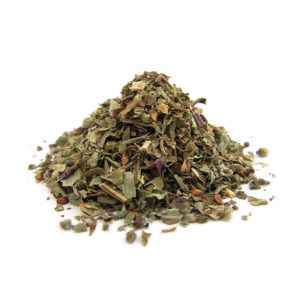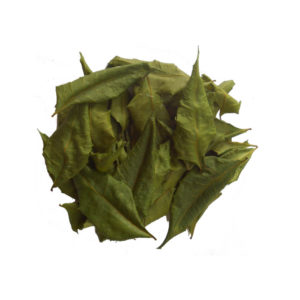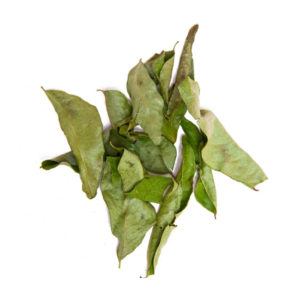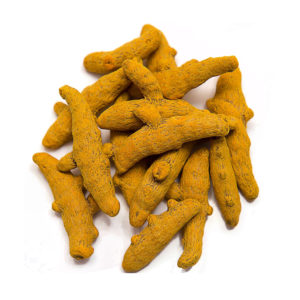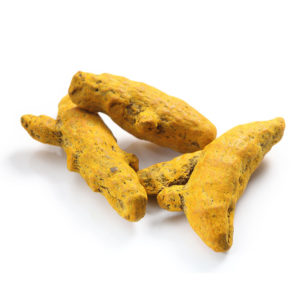Dry Basil Leaves Suppliers
Description
Basil grows best in hot, dry conditions and is sensitive to frost. The major production areas of basil are the Mediterranean area, Northern Europe, Canada, the northern states of the U.S., and the South Island of New Zealand.
Dry basil leaves is well known for its use in the Italian cuisine as one of the primary ingredients in pesto sauce. Commonly used in Indonesian, Thai, and Vietnamese cuisine, basil contains (E)-beta-caryophyllene (BCP), which is useful in treating arthritis and inflammatory bowel diseases.
Dry basil leaves also helps prevent certain types of skin, liver, oral, and lung cancers. Basil (Tulsi) leaves might help prevent some of the harmful effects of aging by preventing damage caused by free radicals in the liver, brain, and heart.
It is rich in nutrients like vitamin A, vitamin K, vitamin C, magnesium, iron, potassium, and calcium. With just 22 calories per 100 grams, basil is nutrient-heavy and calorie-light.
Phytoconstituents
It contains eugenol, rosmarinic acid, apigenin, myretenal, luteolin, β-sitosterol, and carnosic acid.
Recommendations
Not for therapeutic purpose. To be used in ayurvedic preparation and formulations.


